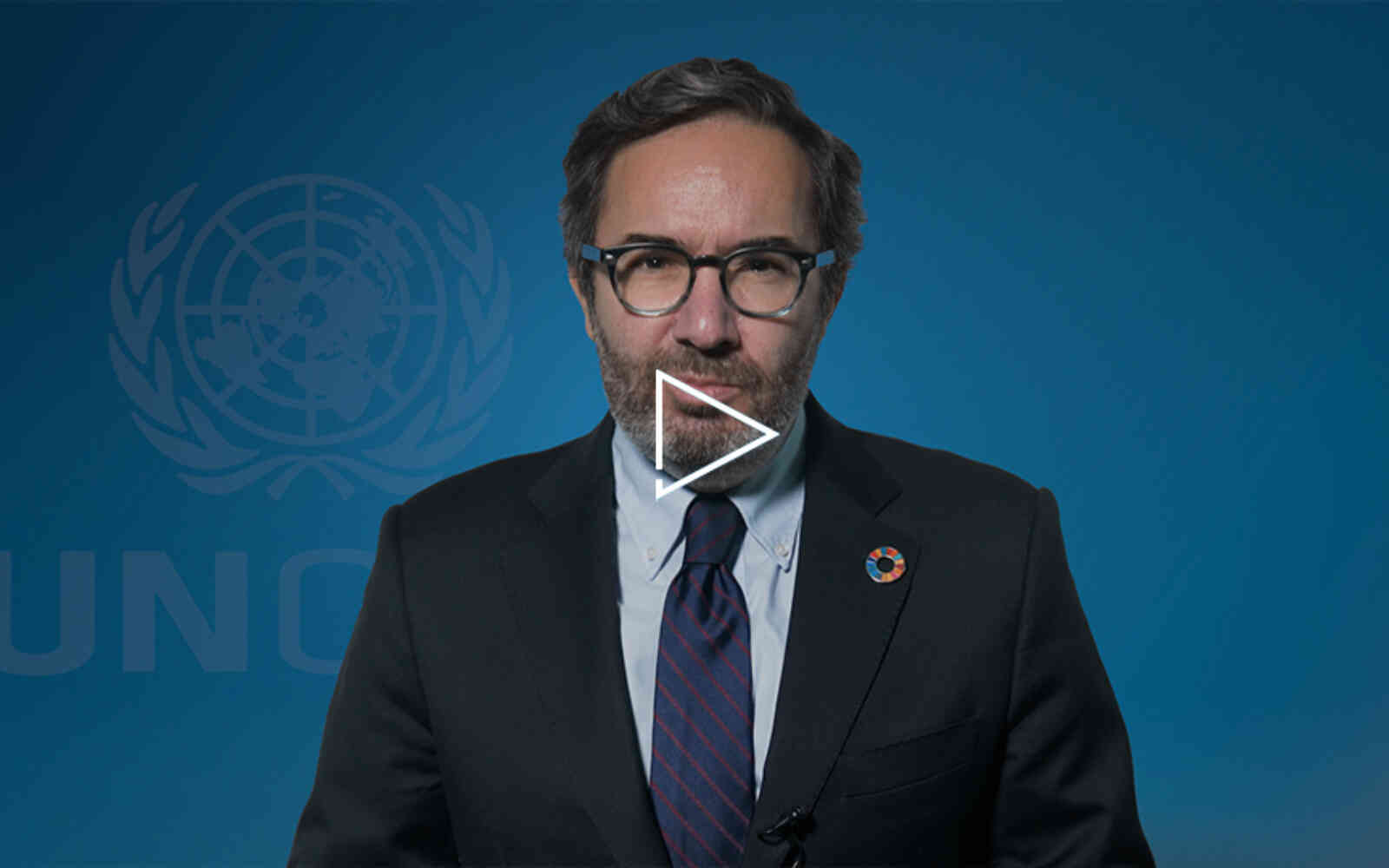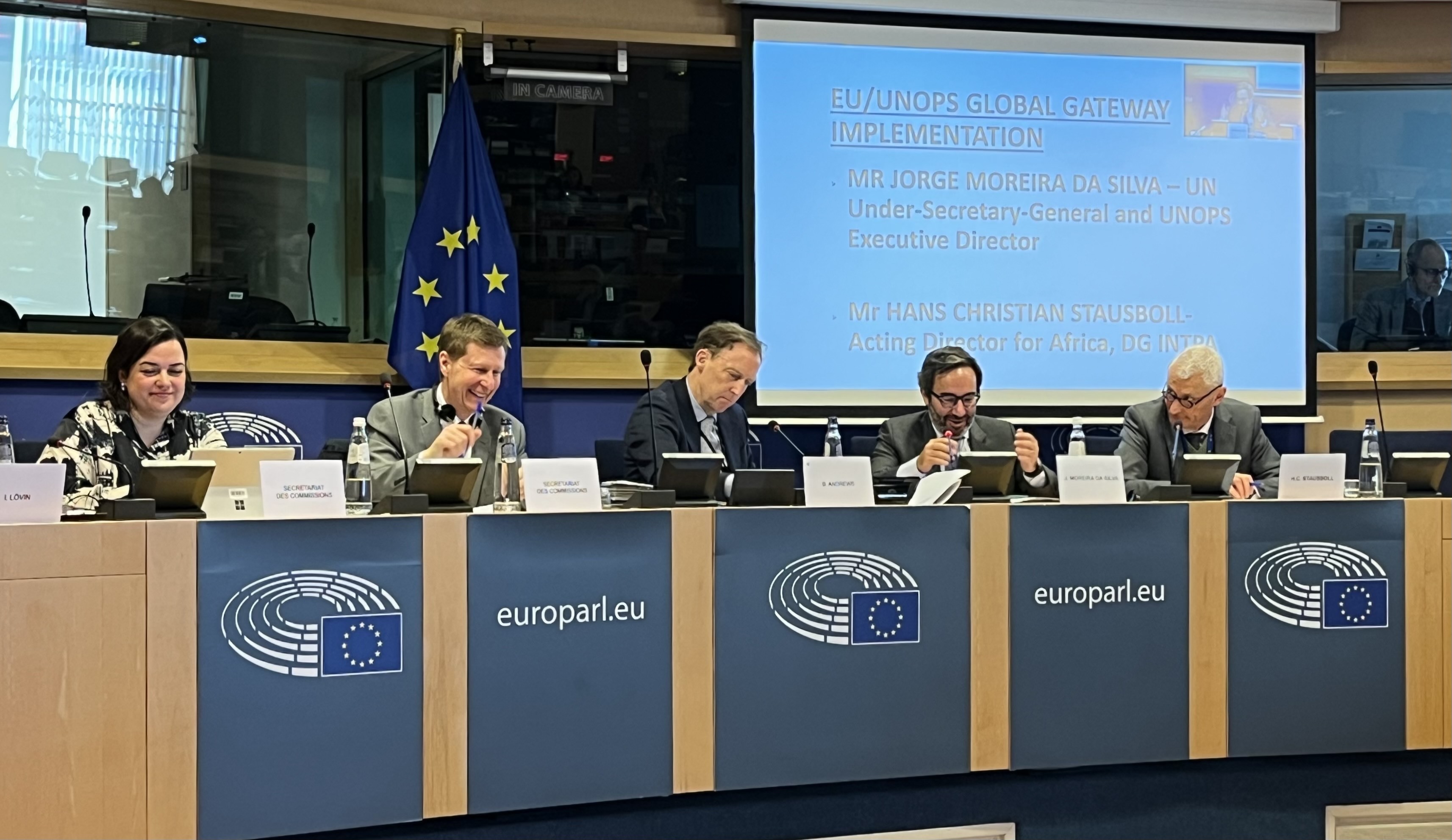The United Nations Office for Project Services (UNOPS)
HABITAT III: Special Session on Urban Infrastructure and Basic Services, including Energy
Speech by Grete Faremo, Under-Secretary General and Executive Director of UNOPS, at HABITAT III, Quito, 17 October 2016
[Check against delivery]
Excellencies, distinguished delegates, ladies and gentlemen.
I would like to thank you all for participating and joining us at this Special Session on Urban Infrastructure and Basic Services, including Energy.
I am the Executive Director of UNOPS, the UN organization mandated in infrastructure.
This issue is therefore especially pertinent to me and my colleagues – many of whom work in hard-to-reach places around the world – in Afghanistan, Somalia and South Sudan – as well as with governments here in Latin America, helping to develop resilient infrastructure in the face of an uncertain future.
UNOPS is the operational arm of UN. As the only self-financing entity within UN system, we combine private sector efficiency with UN values.
UNOPS is an implementer, a service provider and an advisor. We have a mandate from the UN General Assembly to provide a broad range of solutions in construction, procurement, project management as well as in transactional services, such as human resources and finance.
We work directly with donor governments, host governments, NGOs, other members of the UN family and international financing bodies. We have more than 10,000 personnel on our contracts – about half working for other UN organizations.
We work with local, regional and municipal stakeholders to ensure infrastructure fit for purpose – fit for communities today and generations to come.
I am happy to introduce our panel members and discussants here today. All are important stakeholders in this debate.
They each bring an important perspective on why infrastructure and basic services are the foundation to sustainable urban development.
They speak for those who don't have a seat at the table, but who urgently require access to basic services – water, electricity, a roof over their head.
They need sturdy buildings, solid levees, protection from flood waters, back-up systems to communication infrastructure.
The pace and scale of urbanization have grown dramatically over the past two decades. It is both a reflection of and a driver of the rapid economic and social changes across most of Latin America, Africa, the Middle East and Asia. With this increased urbanization has come a tremendous pressure on existing infrastructure and a growing demand to expand, improve and upgrade infrastructure for basic services. Because not only is the urban population growing – so are its expectations of getting affordable, basic services: Running, clean water, functioning wastewater systems and electricity supply without regular blackouts.
As the demands for services have grown, the understanding of infrastructure has evolved. We now understand infrastructure increasingly as systems: interlinked systems that consist of networks of assets, of knowledge and of institutions.
Issue paper 18 is a call to knock down the silos that dominate so much of our urban infrastructure planning. It calls for us to understand urban entities as the complex organisms they really are. It urges us to adopt a holistic approach to understanding, designing and planning networks of infrastructure and services. And it urges us to firmly link infrastructure provision and urban planning.
Only then can we have a hope of building appropriate, affordable and accessible services and infrastructure systems. This holistic approach will also allow us to apply a proper risk management process, taking the right mitigation measures to reduce vulnerability and strengthen resilience of infrastructure systems.
Thank you.











